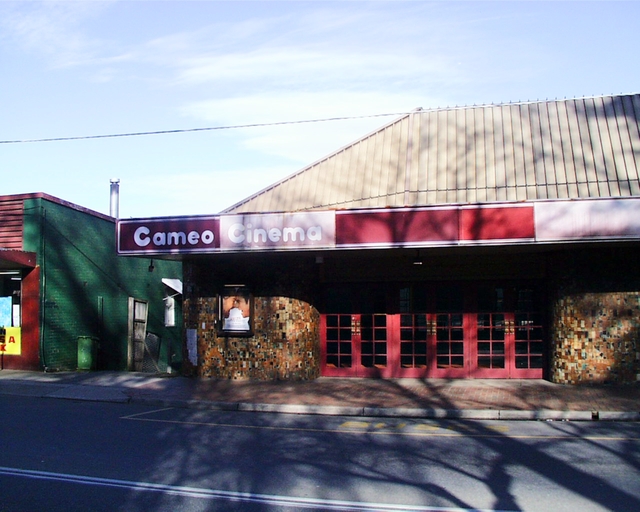THE Victorian Association of Forest Industries has spoken at the Bushfires Royal Commission, providing an industry account of the impact on its members and the forest environment.
VAFI deputy CEO Lisa Marty gave evidence at the commission last week on a number of topics, including fuel reduction and land management.
Speaking on what has become one of the most controversial discussions in recent weeks, Ms Marty told the commissioners that prescribed burning was one of the most cost and risk effective methods for mitigating potential bushfire risks.
It is a view which is in direct contrast to the findings of Professor David Lindenmayer in his report on the impact of logging in wet forests.
The report was cited at the commission in evidence given by Dr. Ross Bradstock from Wollongong University on the topic.
Ms Marty said prescribed burning changed fuel characteristics.
“Broad area prescribed burning changes a number of a fuel characteristics that will result in reduced rate of spread, reduced spotting, reduce flame heights, reduced fire intensity and increased ease of suppression for a period of time following the burn,” Ms Marty said.
She said the weather, topography and fuel were key factors affecting fire behaviour and that fuel levels fed fire intensity.
“Fuel is also the only forest factor we can manage to assist fire suppression efforts, in addition to ensuring adequate fire suppression capacity,” she said.
She said prescribed burning practices were the result of more than 60 years of significant research.
“However, VAFI and NAFI (National Association of Forest Industries) recognise that despite this research, opinion about the merits of prescribed burning among Australian fire ecologists and, to a lesser degree, fire scientists is not uniform,” she said.
She said there were divisions that reflected different perceptions of the risks in relation to wildfire, the past use and extent of controlled burns, the effect on flora, fauna and the climate and in attitudes to human intervention in natural processes.
Ms Marty said while the industry associations did not claim prescribed burning would stop a fire, particularly one such as on Black Saturday, they did believe it was the most cost and risk effective manner of managing wildfires.
She said VAFI believed that the contraction of the native forest industry had impacted on fire management and suppression through a reduction of readily available equipment, and a depleted skilled workforce. Ms Marty said 119 VicForests staff, often people with local knowledge of forest areas and skill in the use of high intensity fire, were involved in emergency response.
“The Victorian forest industry is vital if we are to maintain fire tracks, reduce fuel loads and provide important fire-fighting infrastructure such as vehicles and personnel. The ongoing sustainable management of our forests is an essential aspect in reducing the overall bushfire threat that our state faces every summer and protecting our forests, flora and fauna for all users.”
VAFI’s fire view
Digital Editions
-

Make your call to Santa
Purchase this photo from Pic Store: 524730 Did you know Telstra has opened up the line straight to the North Pole, so children can chat…





